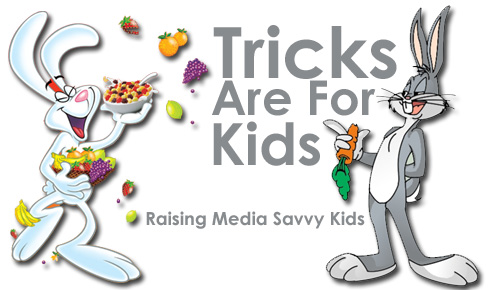 When it comes to watching television, senior citizens log the most hours with an estimated weekly dose of about 48 hours – twice the amount that children between the ages of 2 and 11 years watch.
When it comes to watching television, senior citizens log the most hours with an estimated weekly dose of about 48 hours – twice the amount that children between the ages of 2 and 11 years watch.
But adults, for the most part, are a little bit more savvy than children and do not always fall for advertising tricks. Adults might cringe during certain commercials, mute the television for obnoxiously loud ones, or simply scan on to another channel.
Adults understand commercials, they understand why they exist, they understand the motives, and while many cannot read the fine print flashing on the television screen – they understand what it means to “read the fine print”.
It’s easier to trick children. Children do not really grasp the whole concept of commercials, advertising, marketing, and they are the main target of many television commercials. It’s not just about toys, or food, but also about corporations seeking to instill brand recognition at an early age for a variety of products.
Today, with television, print and online media creating a barrage of advertising opportunities, an educated consumer has to start their education much earlier than in generations past.
There are a variety of groups seeking to provide insight & guidance to both adults and children when it comes to television commercials and digital media- providing a backstage look at what’s going on behind the scenes.
The Federal Trade Commission took a step in 2011 to help children learn how advertising works with the development of Admongo; but, this is more an early introduction for advertising executives, and not as interesting as other websites that explain some of the tricks and offer more substantial guidance.
PBS.org is more direct in their website PBSKids.org/DontBuyIt/ and offers practical information as to the real world affects of advertising.
“The Co$t of Cool” is one module that helps children understand why some clothes that look exactly the same will have very different price tags due to their label. “Hot or Snot” is another module that explores products and examines their history in the market place. (Children might find it difficult to believe that their parents once had a Pet Rock. )
CommonSenseMedia.org is an organization that provides adults with media reviews and information so they can make informed decisions concerning media in their children’s lives. They also work to encourage policymakers, media companies, and others to improve the media environment for children.
Their website offers a variety of articles that offer advice on children and media, but they are most known for their reviews of movies, books, games and apps. Reviewing the new “The Great Oz”, the website offers a commentary on what parents can expect to find in the movie, and also questions that can be used to help parents discuss the movie with their kids.
Common Sense Media has also developed a variety of curriculum for grades K-12 that can be used by parents & teachers alike to educate media savvy children growing up in a digital world. Other online tools such as Digital Passport provide a platform for helping to encourage responsible behavior in a digital world.
The debate as to how much television time a child should have – or even an adult – has gone on for decades. Video games, social networking platforms, and other online activities are subjects that have been added to that same debate.
Deciding how much time is devoted to a particular activity is an important component in teaching time management skills – and providing a balanced environment for a child…helping them know the tricks of navigating through a brave new world of media is just as important.
Submitted by Charles McCormick
